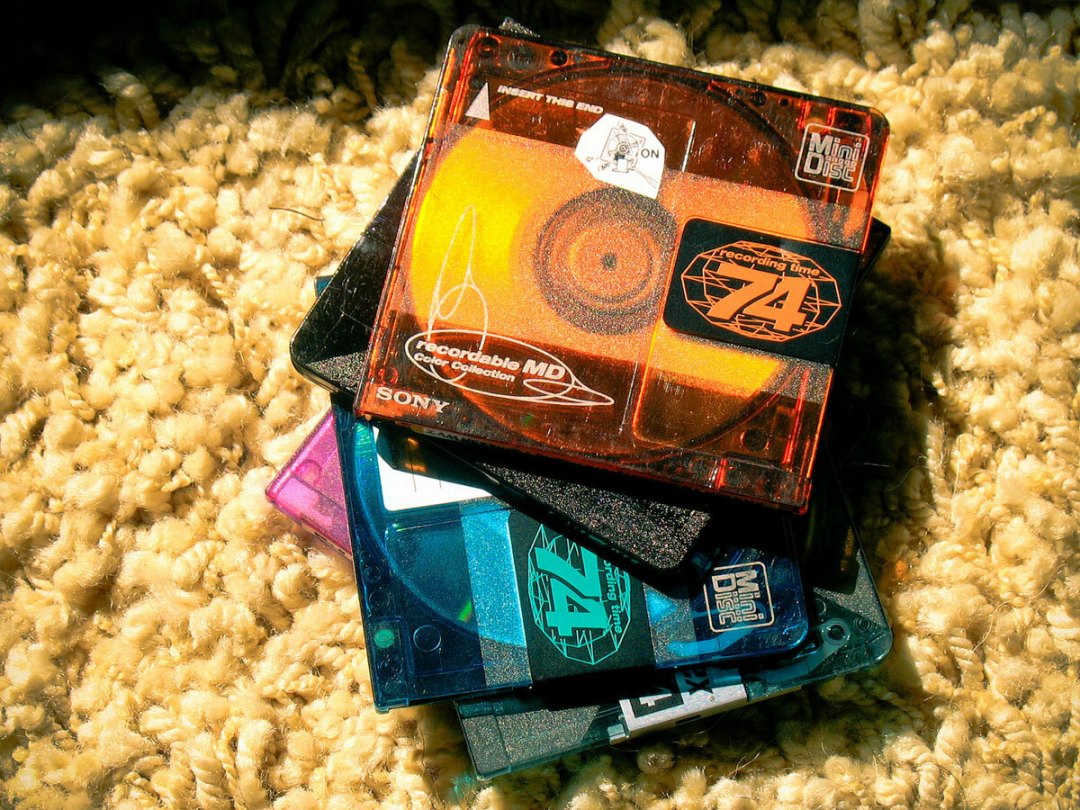RIP MiniDisc
As the final few MiniDisc players dribble off Sony’s production line, we look back at a format that never really achieved its promise

RIP MiniDisc, we hardly knew ye. Yes, Sony recently sounded the death knell for the digital format (first introduced in 1992), announcing that the final MiniDisc players would ship in March.
In many ways it’s incredible that the MiniDisc lasted so long. It’s been over 10 years since the iPod went on sale and physical media started to look increasingly unwieldy, and even before then the introduction of the recordable CD seemed to herald MiniDisc’s doom, being that it was (a) cheaper and (b) compatible with millions of hi-fis and computers already in use. But MiniDisc clung to survival thanks to a small but apparently loyal group of music professionals and audio enthusiasts.
The MiniDisc vaguely resembled a 3.5in floppy disk, with a sliding metal shutter moving to allow a laser access to the magnetic disk’s surface. Early in the format’s life, it was available in a 60-minute capacity, but this was quickly phased out to be replaced by 74- and 80-minute disks. Recordable MiniDiscs could be re-written up to a million times, but pre-recorded albums were also available – albeit in limited supplies, with record labels reluctant to embrace the format.
Despite the MiniDisc’s failure to become as significant a music format as the cassette, vinyl record, CD or arguably even the eight-track tape, we can look back fondly on some of its features: it was a (relatively) affordable recordable digital format before the CD became one, offering the reusability of an analogue cassette tape but with digital-derived bonuses like track information and the ability to skip through songs instantly.
MiniDiscs generally used Sony’s proprietary ATRAC digital audio format, which compressed audio in a similar way to MP3 (and therefore wasn’t going to appeal to audiophiles who prized pristine recordings over the convenience of compression), but in later years Hi-MD (an edition of MiniDisc introduced in 2004) has enabled CD-quality linear PCM audio recording and playback.
MiniDisc found its biggest fans among people who wanted to record music (or audio in general) in crisp digital quality without the need for bulky, expensive DAT equipment. Of course, eventually using computers and CD-Rs became cheaper and more convenient, and MiniDisc has declined to where it sits today: something of a footnote in the audio technology world, alongside the likes of DVD-Audio and DCC.
So farewell, MiniDisc: you appeared at the wrong time and never really captured the public’s imagination, but you gave a few people a few years of nice, crisp digital recording and playback. And for that, we salute you.
Photo credits:
You might also like
Sony PlayStation 4 to be announced on February 20th?
Asus WL-330NUL – the world’s smallest router
5 of the best tough smartphones



